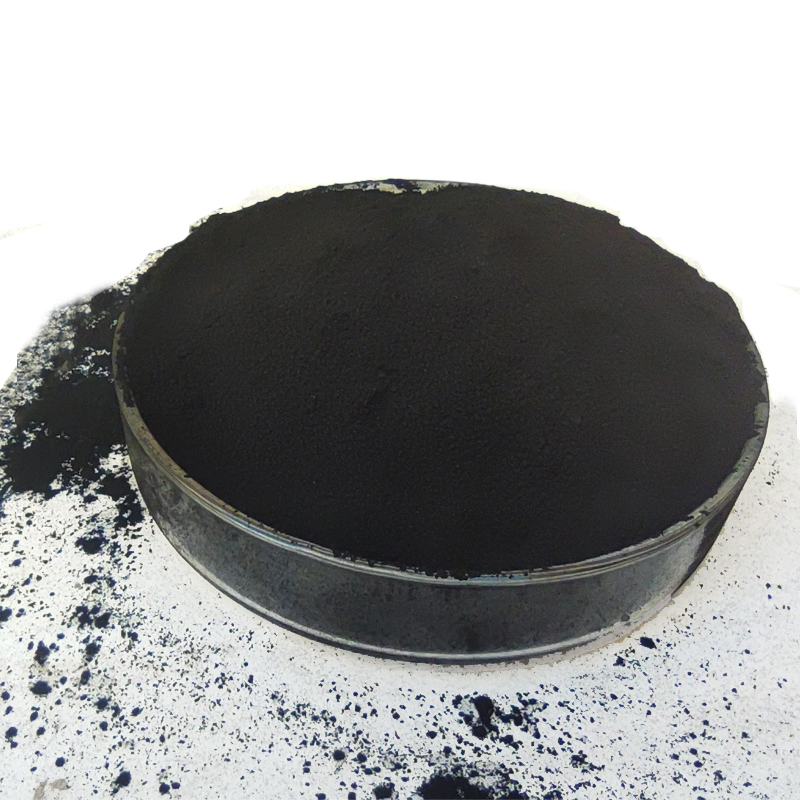The transition hole is also called middle hole. The linear size of the transition pores is smaller than that of the macropores, but much larger than that of the adsorbed molecules. Capillary condensation is produced due to the meniscus formed by multilayer adsorption, and finally the volume of the transition hole is filled. The radius of curvature of the transition hole is between 15~16Å and 1000~2000Å according to the division of Dubinin. By studying the capillary condensation of vapor and mercury intrusion into pores, the data about the pore volume, pore size distribution and specific surface area of transition pores can be provided.
The main parameters of transition pore of activated carbon are the volume, specific surface area and distribution function of transition pore, and the pore of silica gel, alumina gel and aluminum silicate catalyst belong to the transition pore. The volume of transition hole is relatively small, for general activated carbon, at 0. 02~0. 10cm³. This case, the specific surface area of transition pores is between 20 ~70 m²/g, but there are activated carbons with particularly developed transition pores, whose volume of transition pores can reach >0.7cm³/g , the specific surface area can reach a relatively large value, about 200 ~450 m2/g. Activated carbon produced by the phosphoric acid process belongs to this class and is usually used for decolorization to remove colored impurities with macromolecules or particles or micelles with colloidal dispersion from solution. The effective radius transition pore is generally within the range of 20~200A.
